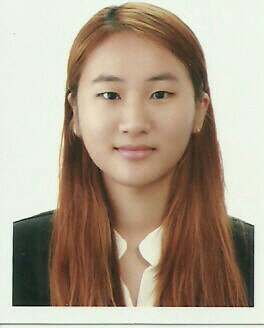Source: Jeonnam Daily (“Citizens have a direct say through ‘New Media Art’,” by Jin-sil Choi, May 29, 2019. Translated from Korean.)
It was a spring day in which the flowers were gradually beginning to fade after blooming. I had been tirelessly pursuing the expression of my story through a medium called new media art. The 2019 American Arts Incubator workshop, although brief, was an inspirational and exciting time. As a project coordinator, I know that the feeling was shared amongst all of the participants.

Director of International Relations
The workshop was organized by the US Department of State and ZERO1, leaders in Silicon Valley’s art and technology scene. The organizations have collaborated since 2015 to send US artists around the world and conduct workshops.
The Gwangju Cultural Foundation was chosen as the intermediary to help locals with diverse backgrounds access workshops. The program enabled participants to receive guidance from an experienced new media artist and professor at UCLA. Fifteen participants consisting of students, those new to artistic practices, and artists had the pleasure of expressing their ideas through the medium of new media art.
Even for participants with experience in the arts, the workshop posed the new challenge of expressing themselves in a third language, coding. However, the lead artist Lauren McCarthy, developed the p5.js software so that anyone could easily understand code. Thanks to the support allocated to each group, the participants became accustomed to the basic ideas, bit-by-bit. Despite the short amount of time and technological challenges, each group created their own artworks. With determination and a strong desire to learn, each team of participants was able to produce a meaningful piece that inspired audience members.
Because these artworks were produced by regular citizens, the pieces were relatable and accessible to the audience. One piece showed a family enjoying their national holiday together by playing Yut Nori, a traditional game. This work reminded viewers about the importance of cherishing family memories.
Another artwork that received praise depicted the tensions between a concerned mother and her 20-year-old daughter. Members of the audience were particularly drawn to, and impressed by, the interactive elements of this work. By incorporating projection mapping technology, the audience could make gestures that influenced the screen. This contributed to a meaningful experience, as each guest shared in the experience of expressing themselves through new media art.
This program demonstrated that new media art is able to express significant stories and ideas. More importantly, it illustrated that the creation of such content isn’t exclusive to experts and established artists, but to anyone who has feelings and opinions to express. This is in line with UNESCO Creative Network’s educational values, aims, and objectives. Now there are ways in which people can create evocative and well produced works to express their stories. As a program, it illustrated a lot of possibilities in a short period of time, all while suggesting the direction of future media art.
If these local projects continue to develop and become established into our educational programs, it would be a great resource for citizens. I will do my best to support that development.
